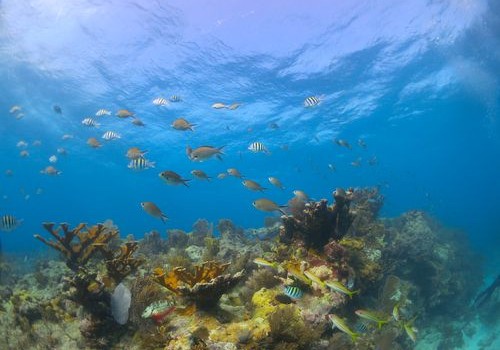A new study rates marine conservation in the U.S. by state. Which states fare the best? Which states could use the most improvement in their marine conservation strategies?
Marine conservation strategies range from catch limits or regulating drilling to prohibiting fishing and offshore development altogether. No-take marine reserves protect entire ecosystems. Fish and other animals in the protected zone increase in size and numbers and spread out into other less protected areas. Sustainable fisheries reap the benefits of these no-take zones.
The study from the Marine Conservation Institute and Mission Blue ranked 28 U.S. states and territories with coastal regions on their marine conservation. Some states have programs in place, such as California’s Marine Life Protection Act, that will increase the amount of protected offshore areas in the next few years. Most states have no plans to enact no-take zones.
Overall, only 1.27% of the coastal waters surrounding the U.S. are protected in no-take marine reserves. Worldwide, 1.1% of the ocean is protected in no-take marine reserves. Marine scientists recommend that 20% of the ocean should be fully protected.
Percentage of coastal waters that prohibit fishing and offshore development
- Hawaii 22.94%
- California 8.74%
- U.S. Virgin Islands 5.69%
- Florida 1.12%
- Puerto Rico 0.90%
- Oregon 0.31%
- CNMI 0.21%
- Guam 0.13%
- Washington 0.09%
- American Samoa 0.08%
- North Carolina 0.04%
- Virginia 0.02%
- Maine 0.01%
- Alabama, Alaska, Connecticut, Delaware, Georgia, Louisiana, Maryland, Massachusetts, Mississippi, New Hampshire, New Jersey, New York, Rhode Island, South Carolina, and Texas tied with 0.00% no-take marine reserves.
Coral reef photo via Shutterstock


You must be logged in to post a comment.